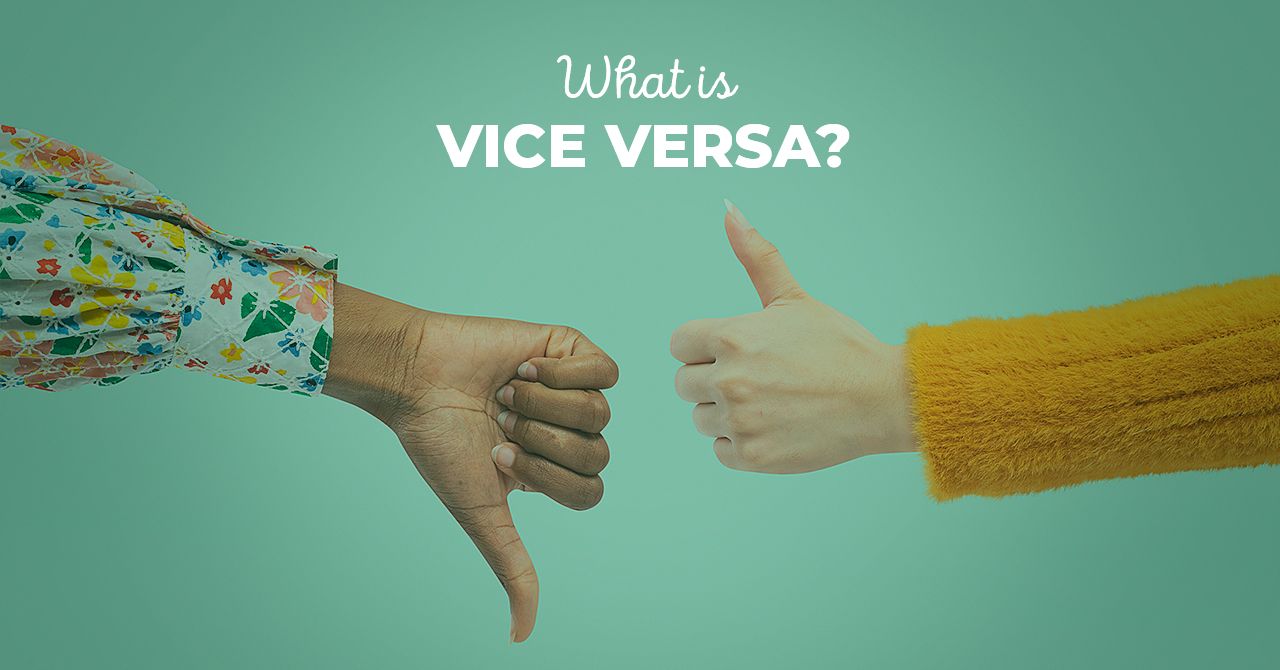
What Does “Vice Versa” Mean, and How to Use It?
“Vice versa” is one of the most common English phrases used in formal and informal language.
“Vice versa” is one of the most common English phrases used in formal and informal language. But, being of Latin origin makes it confusing to both native English speakers and those learning English as a foreign language.
Luckily, its usage will become much clearer to you once you know its meaning, and to understand its meaning; you have to know its origin.
Vice Versa – Origin and Meaning
The phrase comes from Latin origin and has entered the English language in the 16th century. The literal Latin translation of the phrase is “with position turned,” “vice” meaning a position, and “versa” to turn. Today, it simply means “the other way around.”
Like other Latinisms in the English language, “vice versa” shouldn’t be italicized. Also, it shouldn’t be hyphenated, capitalized, or enclosed in quotation marks unless you’re talking about the phrase itself.
How to Use “Vice Versa” in a Sentence?
Now that you know what “vice versa” means, it’ll be easier for you to learn how to use it correctly. The phrase is used as an adverb, usually right after the conjunctions and at the end of a statement.
Mainly, English speakers use it to save time and not say or write the same words in the opposite order.
Example:
I would be there for her, and vice versa.
Instead of saying or writing, “she will be there for me,” we’ve used the phrase vice versa, which shows that the opposite is also true.
Examples of Using “Vice Versa”
To help you understand vice versa, better use it correctly. Here are a few more examples:
Example:
My son doesn’t like his swim instructor and vice versa.
Here, the phrase indicates that the feeling is mutual.
Example:
If I do the dishes, my wife cooks, and vice versa.
Vice versa here replaces an entire sentence – If I cook, my wife does the dishes.
Example:
My friend is always there for me, and vice versa.
Here, vice versa is used instead of saying that the opposite is also true.
Video Examples:
I'm an ESL teacher with over 7 years of experience in providing original content. I really like writing educational articles which may help others learn some aspects of English.

